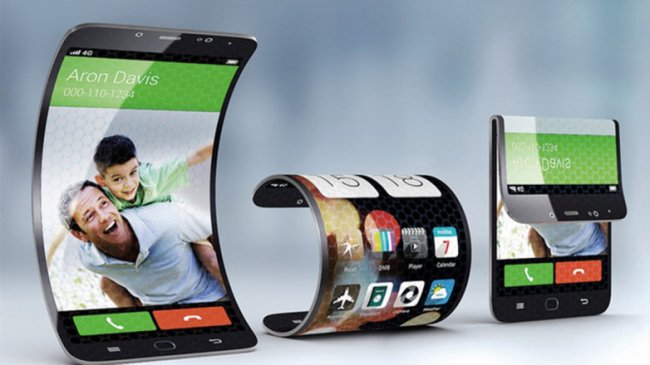Samsung
Samsung’s foldable smartphone Galaxy X debut unlikely this year
[THE INVESTOR] Rumors about tech giant Samsung Electronics releasing a foldable smartphone, tentatively dubbed the Galaxy X, this year have been gathering steam in recent weeks.
A number of news reports have predicted that the South Korean tech giant would produce the world’s first foldable smartphone this year in limited quantiy of around 100,000 units and unveil it in the third quarter this year.
 |
BGR |
Display experts and insiders from Samsung Electronics and its display business arm Samsung Display, however, are skeptical over the release of the phone this year. Some of them said the still-fledgling foldable smartphone technology, if launched, could take its toll on the tech giant which was hit hard by the Galaxy Note 7 fiasco last year.
“Samsung Display has conducted a range of projects for rollable and foldable displays at its lab since 2005. After almost a decade since the company first succeeded in folding a functioning display in 2008, the foldable display has not been commercialized yet, which means there are still many technical trade-offs to make and difficulties to overcome,” an industry source briefed on the matter told The Investor on condition of anonymity.
His comments are in line with those made by Samsung Electronics Koh Dong-jin in August last year who said more time is needed for Samsung Electronics to unveil a foldable smartphone to offer “meaningful innovations and true convenience to users.”
Although many Samsung fans are placing high expectations on the foldable phone, there are still a range of technical difficulties to be solved first, as the Samsung Display researcher mentioned.
Among those trade-offs is the one between durability and flexibility.
If a set maker uses hard components for the sake of durability, the device could lack flexibility.
In addition, the so-called “decoupling,” of display panels, which describes detachment between the panels and adhesives when the device is folded, is a problem that needs to be ironed out.
The area where the screen is folded also needs to withstand forces applied to it from different directions and the display should be kept in shape after repeated use.
Thickness is another issue to be dealt with. The optimal thickness of the mobile device when folded is 10 millimeters while the rolling radius needs to be 3 millimeters or less, which leaves 4 millimeters of room to house other components inside the gadget, including a battery, printed circuit boards, cameras and sensors.
Making different display sensors, such as 3-D Touch and fingerprint sensors embedded in the display, working together in a seamless manner is another task to achieve before mass-production.
“Demonstrating these display technologies for a one-time event is easy, but commercializing them is a totally different story,” the source said.
An official from a parts supplier for both Samsung Electronics and Cupertino-based Apple also said the project to commercialize Samsung’s foldable smartphone has repeatedly been delayed.
“We are pouring a lot of resources into developing foldable smartphones, but even researchers are unsure about the practicality of the device and worried about the market response,” said the official on the condition of anonymity.
“It seems there needs to be more tests and trials before the commercialization of the foldable smartphone as Samsung surely would not want to face another brouhaha after the Note 7 crisis,” he said.
By Kim Young-won (wone0102@heraldcorp.com)






![[From the Scene] Gigantic Olive Young store lures young trend-setters in Seongsu](http://res.heraldm.com/phpwas/restmb_idxmake.php?idx=151&simg=/content/image/2024/11/21/20241121050065_0.jpg)

